Hayadan > Computing and technology > exact sciences > Page 2
exact sciences
- Avi Blizovsky
- June 30, 2023
- No comments
The French biotech start-up company called 'Carbios' succeeded in developing an enzymatic process to recycle the plastic polyethylene terephthalate (Polyethylene terephthalate) back to its component monomers, from which the finished polymer can be produced again
- Ben-Gurion University
- May 30, 2023
- No comments
The shrimp has a particularly bright white color on its back and limbs that are intended to attract fish, which it 'cleanses' of pests it feeds on. An in-depth examination of the white substance using special electron microscopes revealed that the substance consists of an incredibly thin layer of very dense nanospheres (spheres of very tiny diameter)
- Tel Aviv University
- May 29, 2023
Prof. Adi Aryeh: "We are standing at the threshold of a new technological world, and with it comes a host of new opportunities alongside a host of problems we have not yet encountered."
- Bar-Ilan University
- May 25, 2023
Doctoral student Benia Gros from the Department of Physics, the President's Scholar, has so far published 15 articles and one book, and presented his works dealing with dependent physical networks, at 9 conferences
- The Voice of Science website - the Israel National Science Foundation
- May 16, 2023
Prof. Yael Shadami from the Faculty of Physics at the Technion focuses on the study of elementary particles including electrons, quarks, photons and gluons, and the interactions, or forces, that act between them. It tries to discover more elementary particles and interactions, beyond those described in the "standard model" of particle physics
- The Voice of Science website - the Israel National Science Foundation
- May 5, 2023
Researchers have built surfaces from layers of atoms that slide over each other, thus causing the electrons inside to skip. In the future, they hope that it will be possible to develop advanced information technologies based on them
- Noam Chai
- May 1, 2023
- One response
On May 10, three lectures in the field of quantum will be delivered to the general public, zoomed and free of charge. The event is being held in honor of World Quantum Day under the auspices of the Center for Quantum Information at the Hebrew University. No need to register in advance.
- Noam Chai
- April 28, 2023
- No comments
In an article published in the magazine Nature Physics, a team of researchers from Britain, the USA, Germany and Australia demonstrated for the first time the two cracks experiment in the timeline. Instead of spatial dispersion on a screen, the temporal crack created a dispersion in the light spectrum, and from the combination of another crack an interference pattern similar to the spatial pattern from the classic experiment was created. The experiment opens a window for the construction of time-varying optical instruments in a reliable and stable manner.
- Weizmann Institute
- April 24, 2023
It started with very strange experimental results, continued in a new physical theory about the behavior of photons, and in the future may improve our smartphone screens and allow faster data communication. faster data
- The Voice of Science website - the Israel National Science Foundation
- April 19, 2023
Measuring the light reflected from the algae makes it possible to calculate the light used for photosynthesis
- Noam Chai
- April 12, 2023
- 3 תגובות
In recent years, physicists from around the world have been discussing the construction of a muon accelerator instead of other conventional accelerators based on protons or electrons. Such an accelerator has clear advantages in discovering new physics, but its construction is accompanied by many technological challenges. In this article I will review the words of Prof. Nima Arkani-Hamed from the Institute for Advanced Studies in Princeton on the need to build such an accelerator.
- Avi Blizovsky
- March 29, 2023
- No comments
The upgrade is expected to last several years and will include the construction of a new building to house the upgraded accelerator. Permilab is also planning to build a new particle detector, which will be used to study the particles produced by the Tevatron.
- Dr. Moshe Nahamani
- March 24, 2023
- No comments
Researchers from the University of Santiago in Chile, working in the field of machine learning, have succeeded in developing an innovative method for identifying organic compounds based on the refractive index at a single optical wavelength
- Noam Chai
- March 15, 2023
- 10 תגובות
Has a room temperature conductor finally been discovered? very doubtful The scientific community suspects the reliability of the findings and the reason for this is clear, the researcher who signed the disclosure claimed this in the past and was repelled by his colleagues claiming errors in the experiment.
- Dr. Moshe Nahamani
- March 14, 2023
- No comments
For the first time ever, researchers report the solid structure of pyridine-based chloronium ions. These compounds are known in the literature as intermediates in the oxidation reaction of secondary salts, but until now it has been very difficult to isolate them
- The Voice of Science website - the Israel National Science Foundation
- February 11, 2023
Scientists are trying to answer one of the biggest open questions in physics
- Avi Blizovsky
- February 8, 2023
- No comments
The winners are: Chuan Ha, University of Chicago, USA, Jeffrey Kelly, Scripps Research Institute, USA, Hiroaki Shuga, University of Tokyo, Japan
- Noam Chai
- February 3, 2023
- No comments
Led by doctoral student Mamon Safdi and Professor Yaron Bromberg from the Hebrew University, an experiment was carried out that demonstrates for the first time a substantial advantage in characterizing materials using entangled photons over classical light. The experiment published in the prestigious journal Nature Physics measured the light from entangled photons that were backscattered from a non-static scatterer. The results of the experiment showed that entangled photons reduce the measurement error by four times than non-entangled light, thus breaking the Kramer-Rao barrier for classical light.
- Tel Aviv University
- January 29, 2023
The observatory, one of the most advanced in the world, will be used for tracking, sensing, hyperspectral photography and optical and quantum communication with satellites in orbit around the Earth
- Tel Aviv University
- January 21, 2023
The discovery may be used as a breakthrough tool in the worlds of solar energy production, information processing and the like
- Weizmann Institute
- December 25, 2022
The scientists of the institute and their research partners showed that the chance of an electron to pass through a tunnel at the junction between a molecule and a light field, and the manner in which it will do so, depend to a large extent on the chirality of both the molecule and the light
- The Voice of Science website - the Israel National Science Foundation
- December 23, 2022
Researchers developed an algorithm that showed a basic quantum phenomenon: the immediate effect of one variable on other variables
- Dr. Moshe Nahamani
- December 4, 2022
- One response
A team of chemists and engineers from the Georgia Institute of Technology succeeded in developing a polymer capable of conducting electricity with high efficiency while being flexible, transparent and easy to use on an industrial scale
- Noam Chai
- December 3, 2022
- 8 תגובות
A team of researchers from Harvard University, MIT and Calcutta in collaboration with Google successfully simulated a traversable wormhole with the help of a quantum computer. The experiment performed on Google's quantum processor demonstrated the passage of information in the interlaced system. According to the principle of holography, the physics demonstrated in the experiment is the same as that of particles passing through wormholes. Although it was conducted on only nine qubits, the experiment is of great importance because it illustrates for the first time the possibility of testing quantum gravity with the help of entangled systems.
- Dr. Moshe Nahamani
- November 11, 2022
- No comments
In recent years, the global digitalization process has accelerated at an unprecedented rate. Streaming video content as well as video conferencing in home offices and remote study complexes have generated records in broadband consumption in private homes. New applications such as artificial intelligence and autonomous vehicles will further accelerate the demand volume of data communication in the near future. Today, the network infrastructure is based on optical fiber communication, and the question is how to create such systems that are more efficient so that they can fulfill the future demand of digital communication

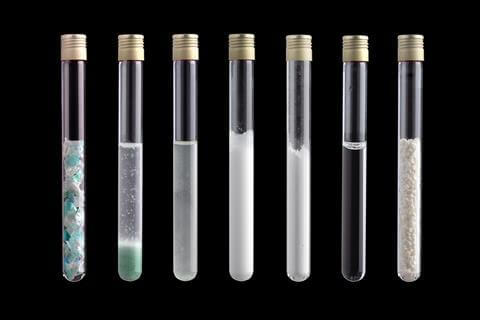
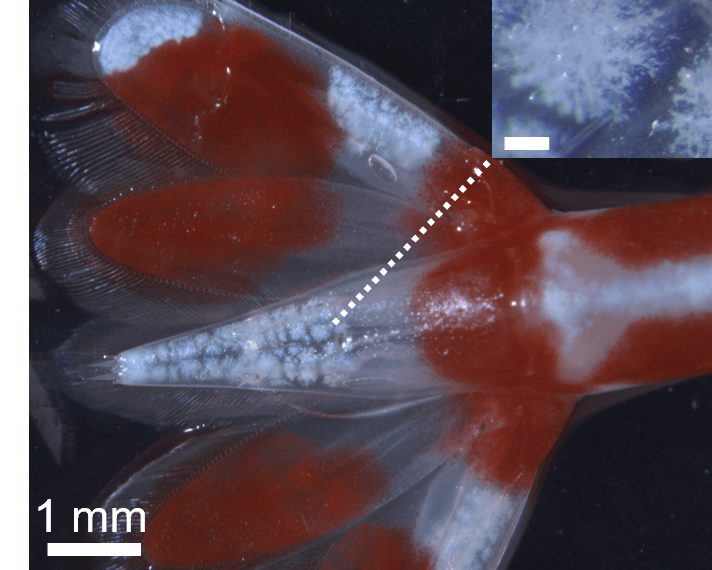


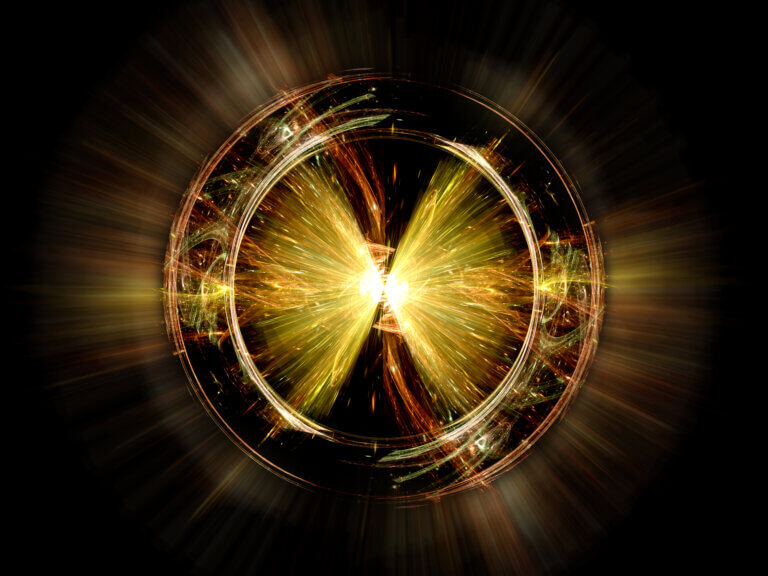
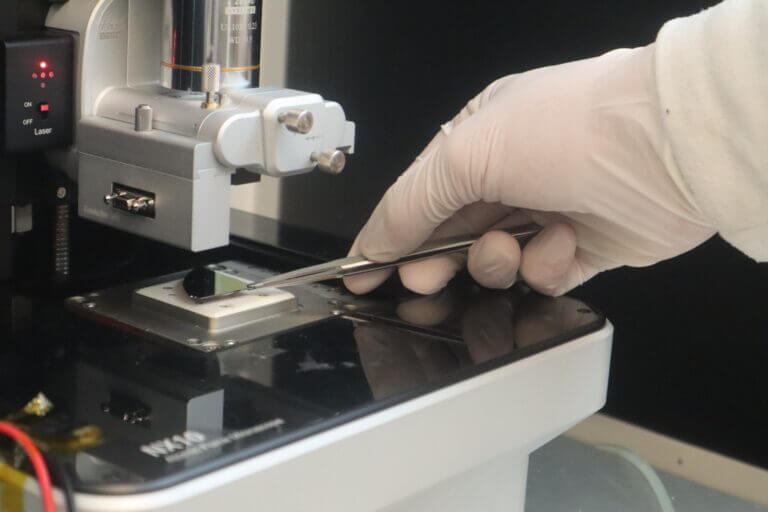
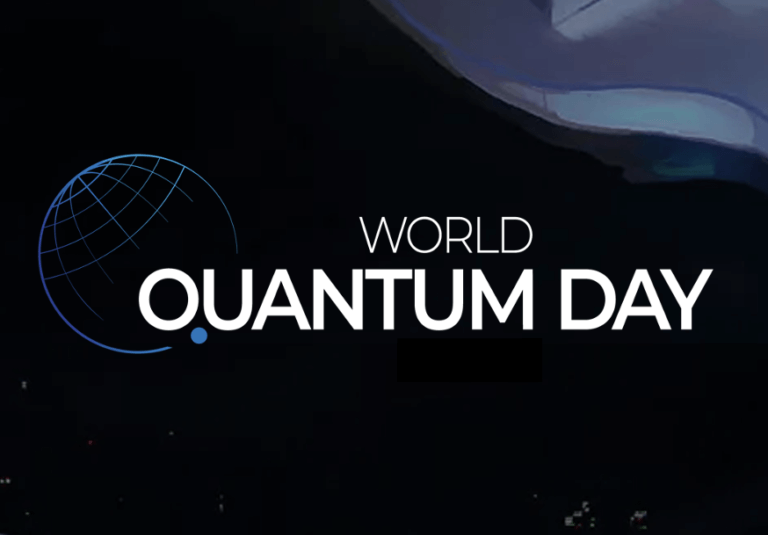
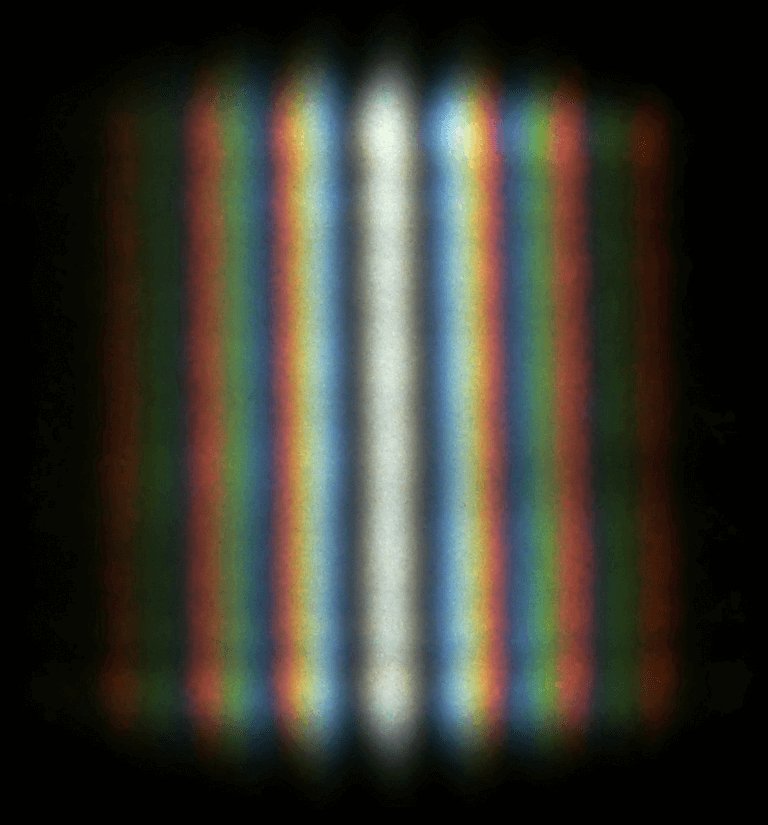
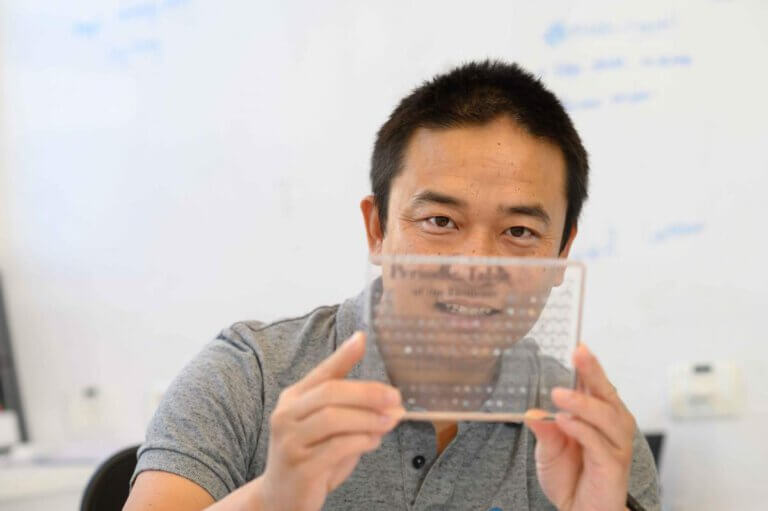
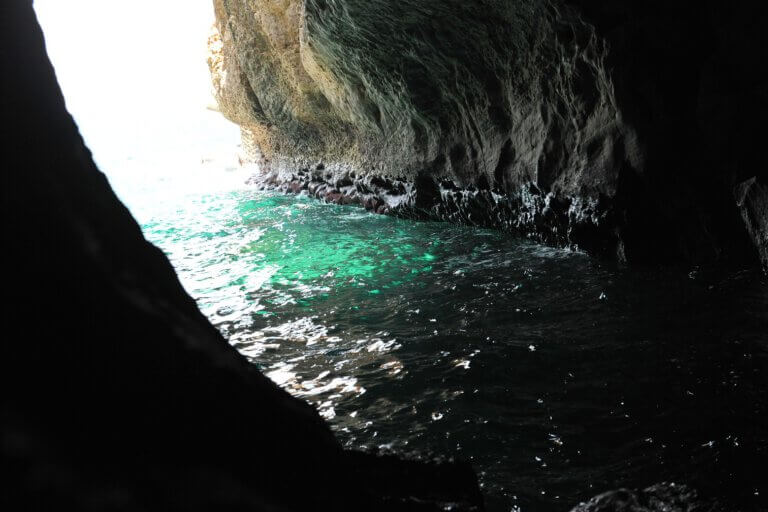


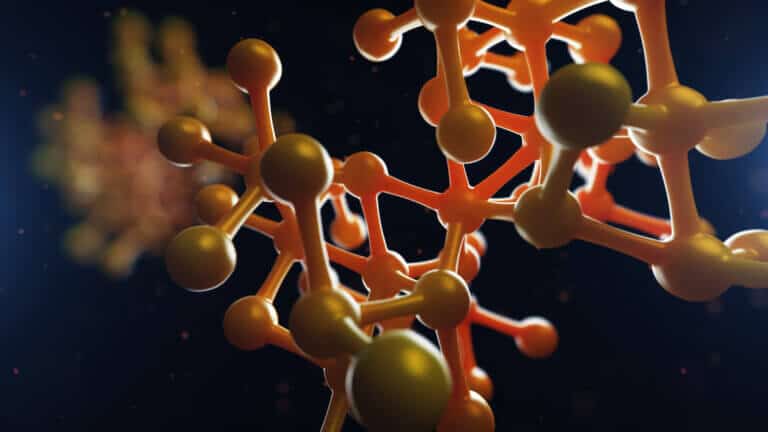
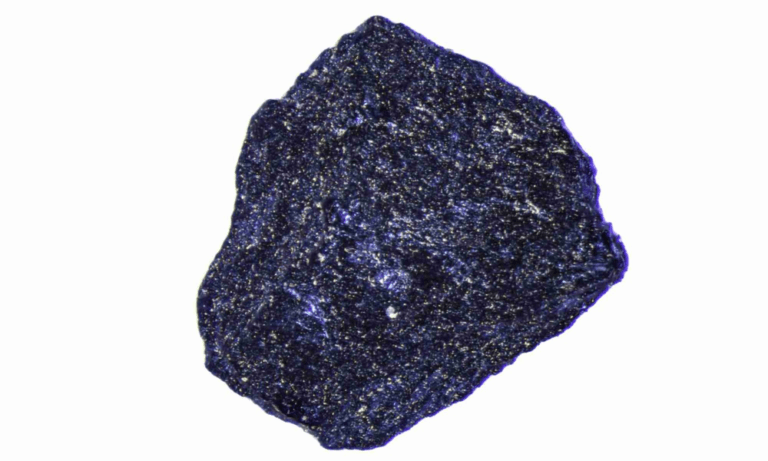
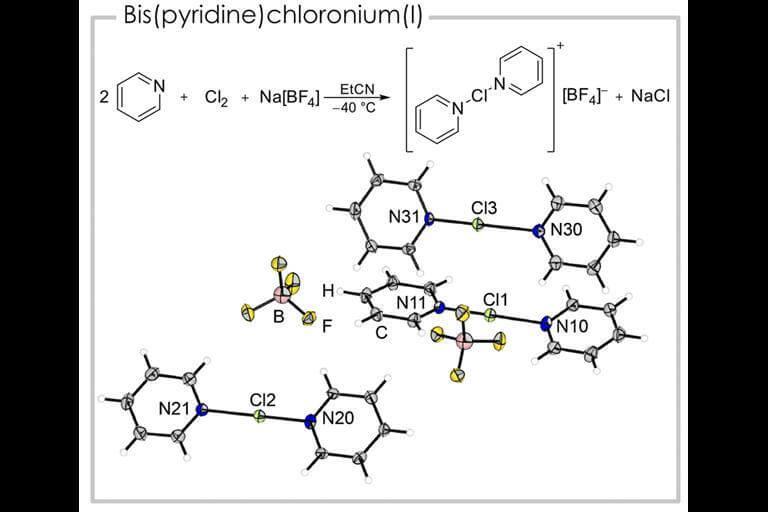
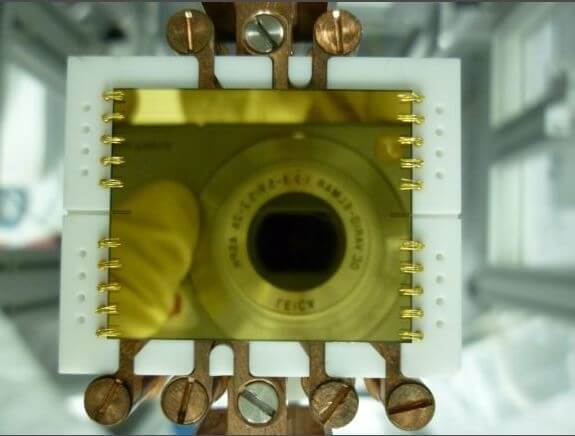
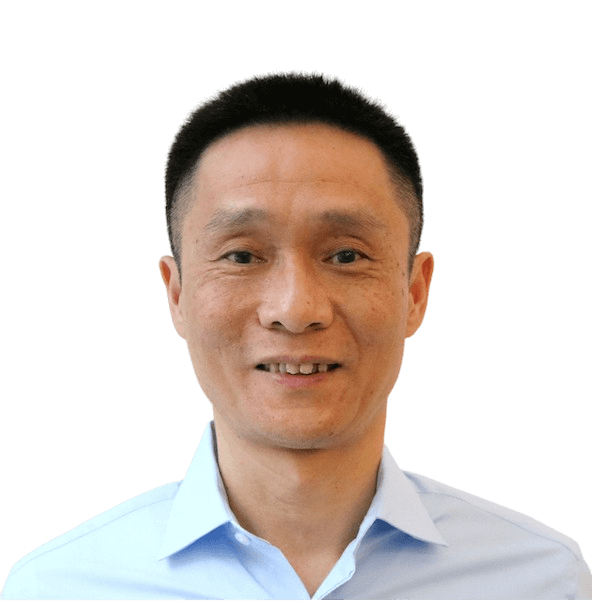

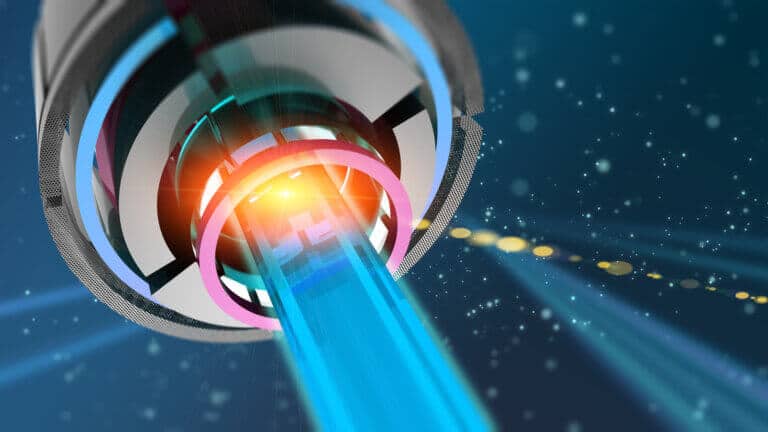
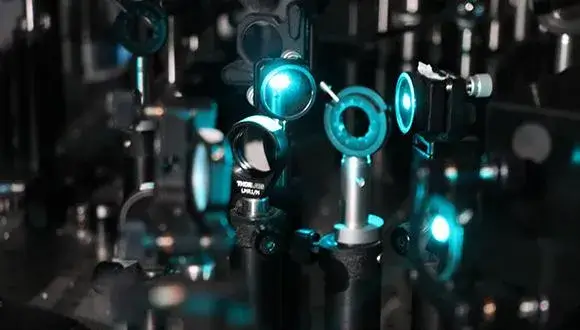
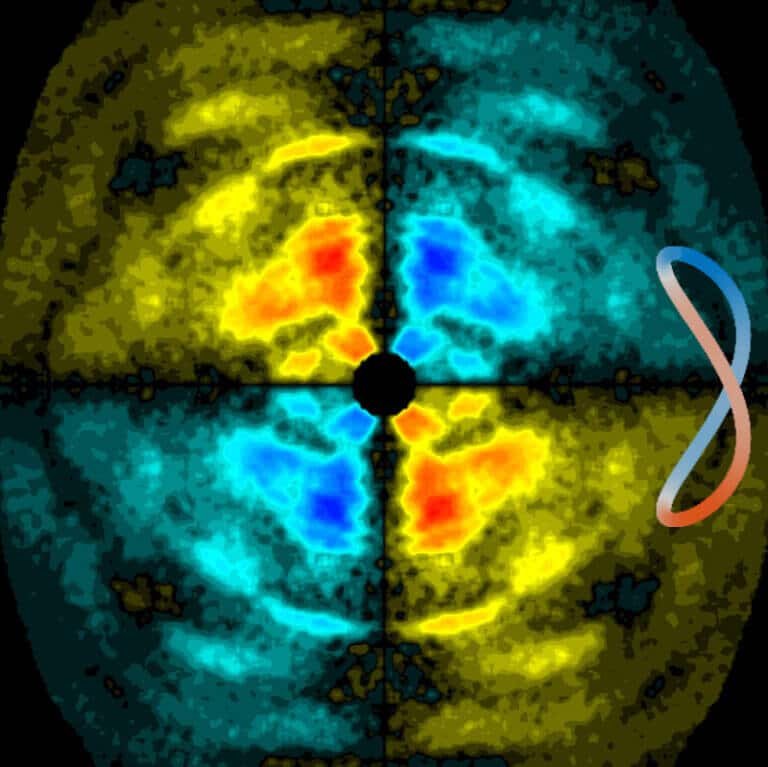
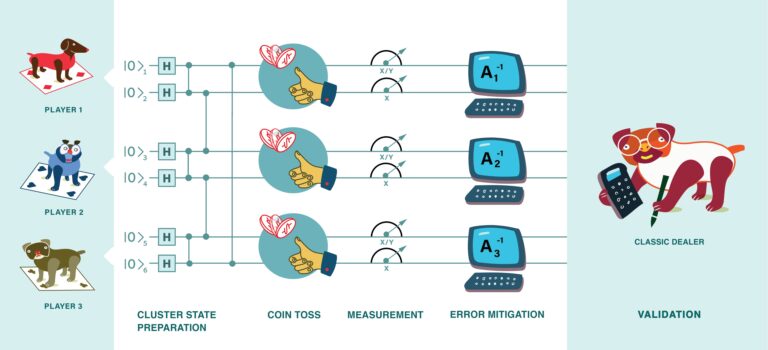
![Left: a bluish, semi-transparent band of the PEDOT polymer before the final processing step; Right: the flexible and transparent PEDOT(OH) polymer after the final step. [Courtesy: James Ponder]](https://www.hayadan.org.il/images/content3/2022/12/going-back-to-basics-y-2-768x524.jpg)

![Schematic illustration of an add-drop filter. [Courtesy Journal of Optical Microsystems (2022)]](https://www.hayadan.org.il/images/content3/2022/11/silicon-photonic-mems-768x375.jpg)